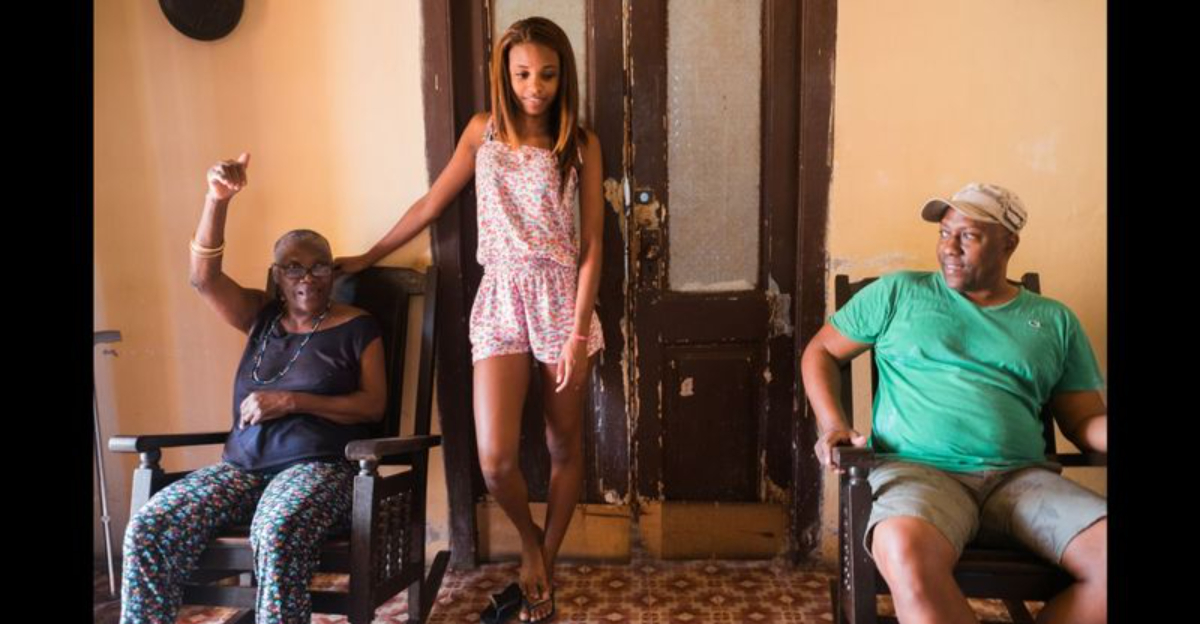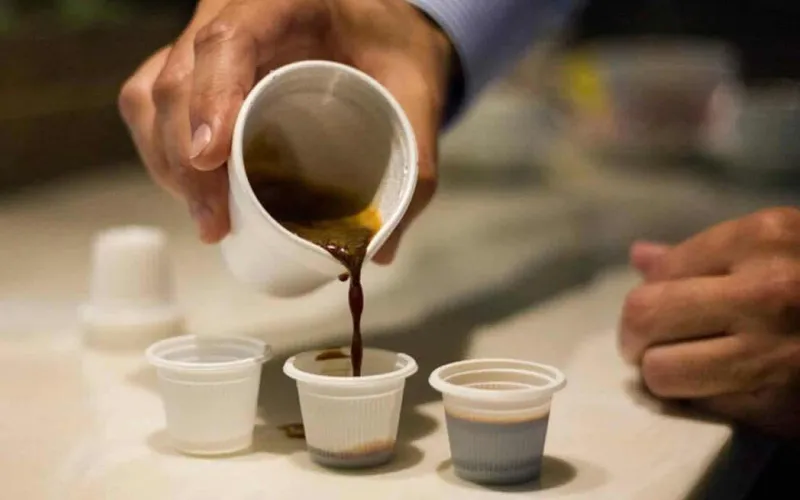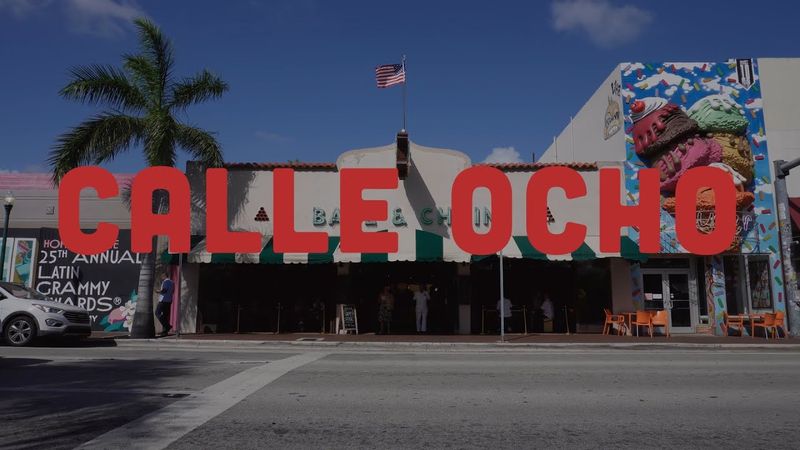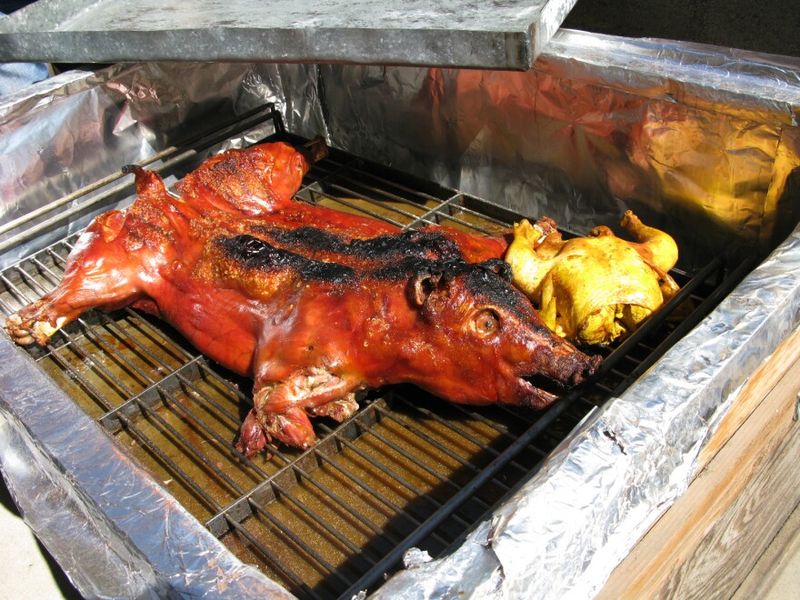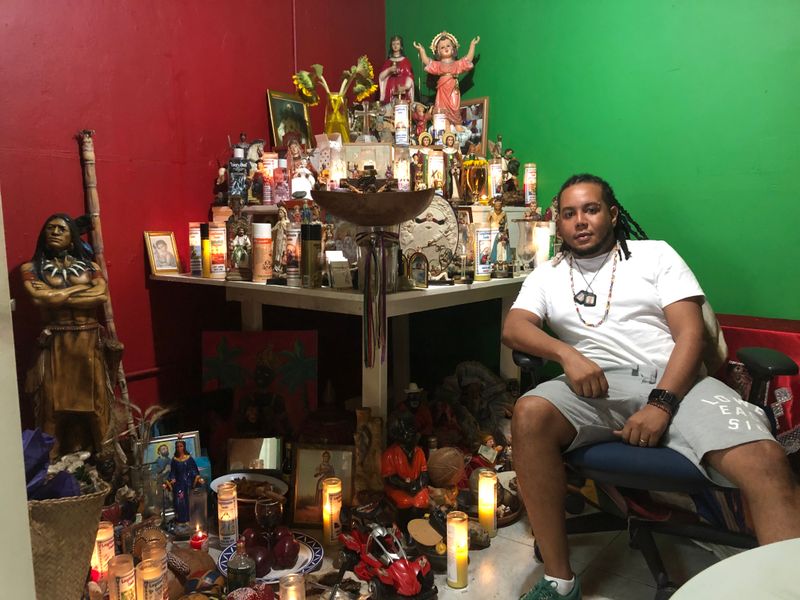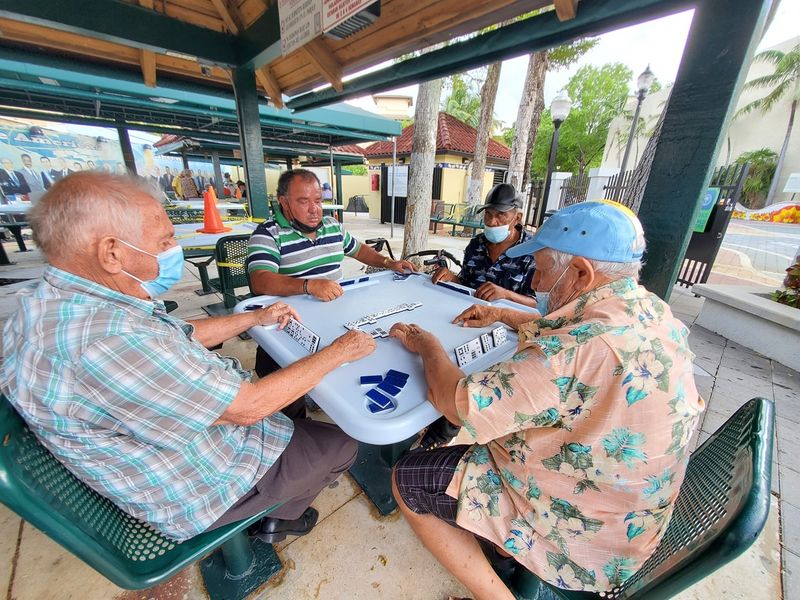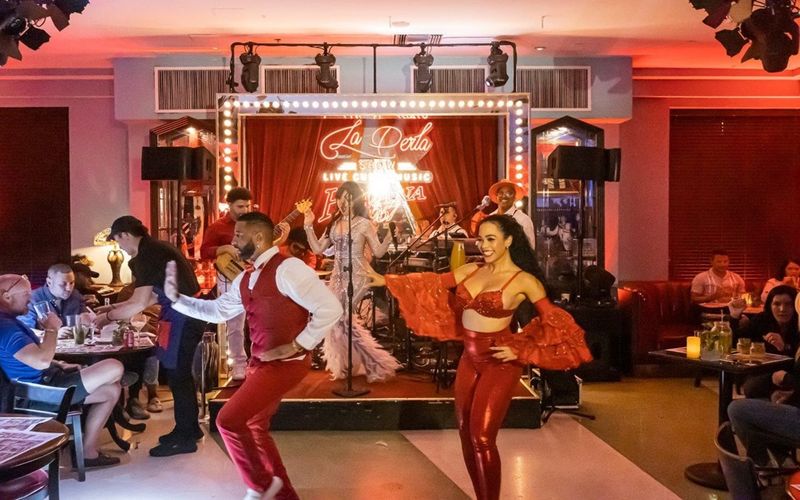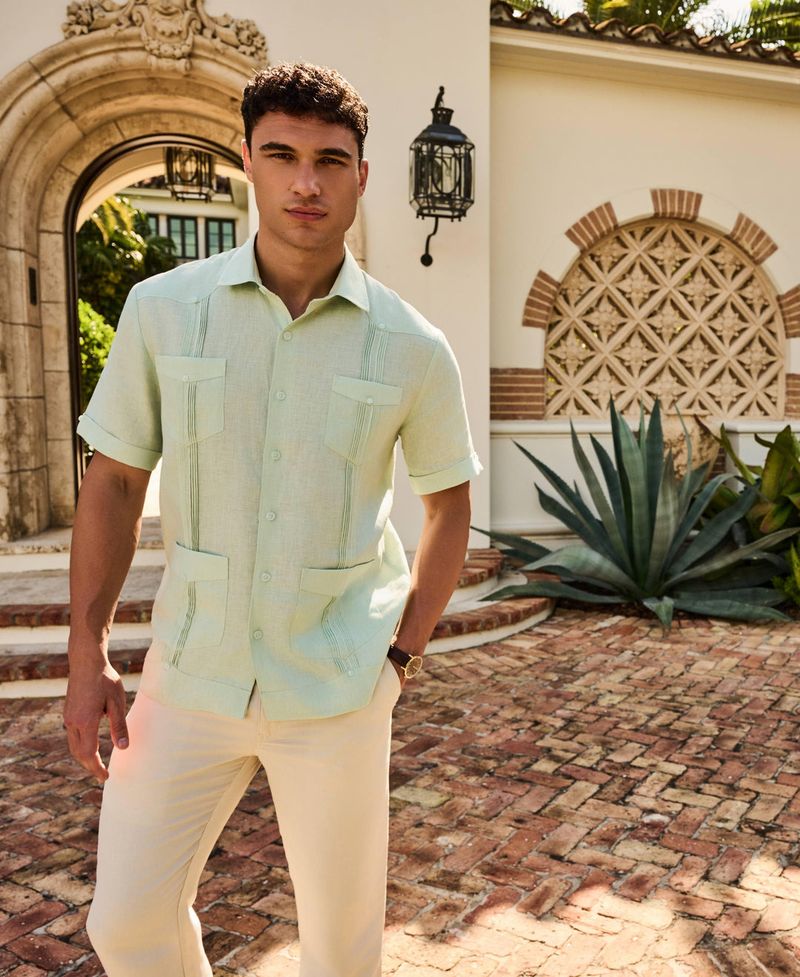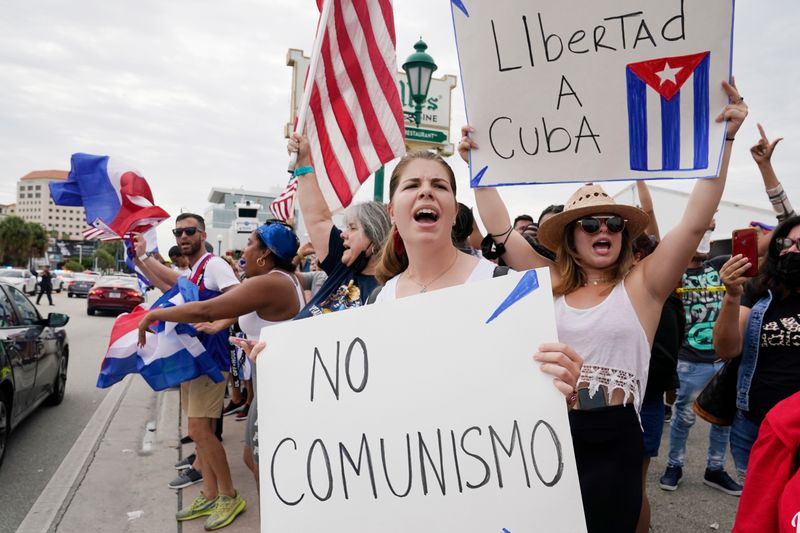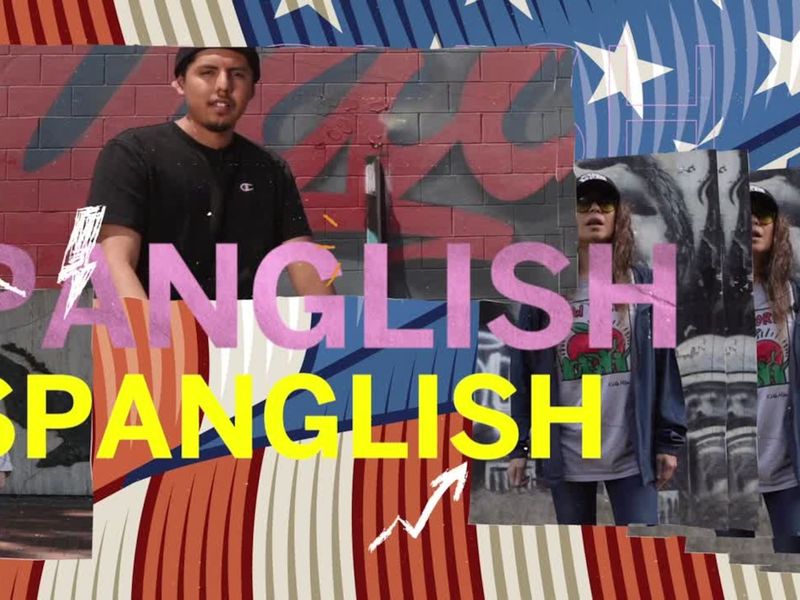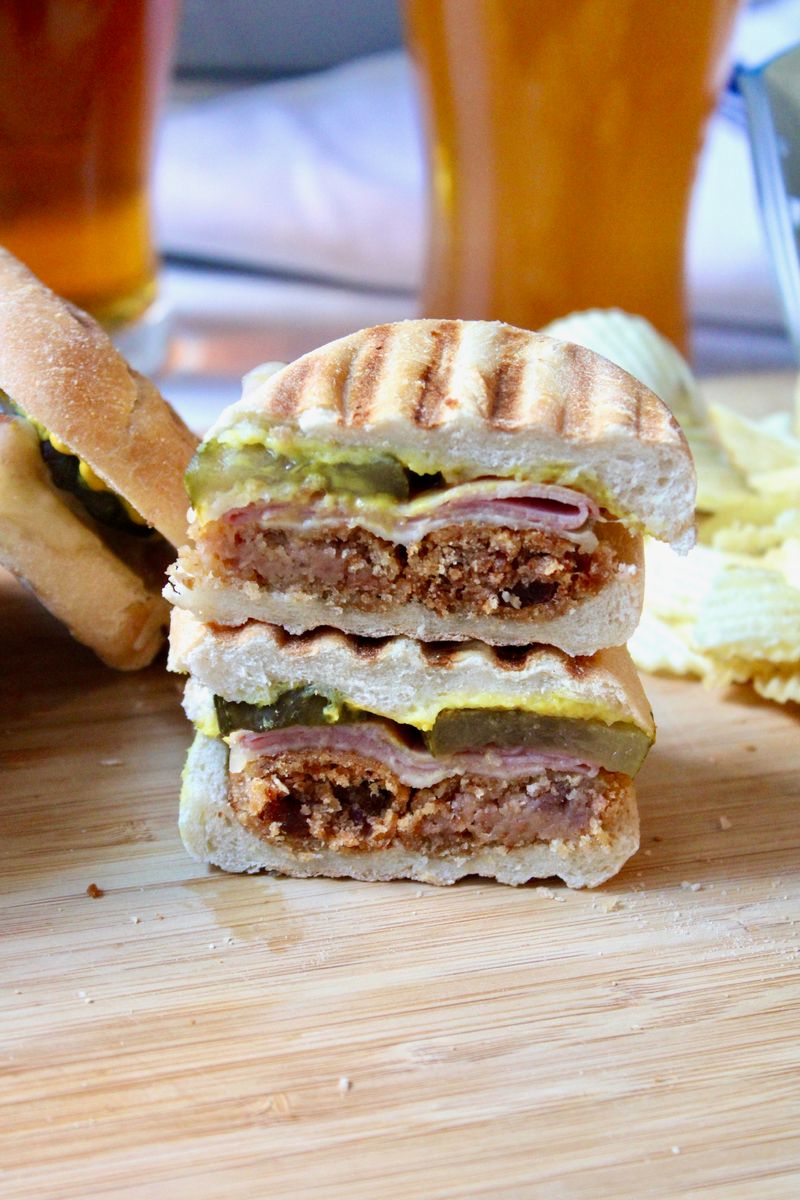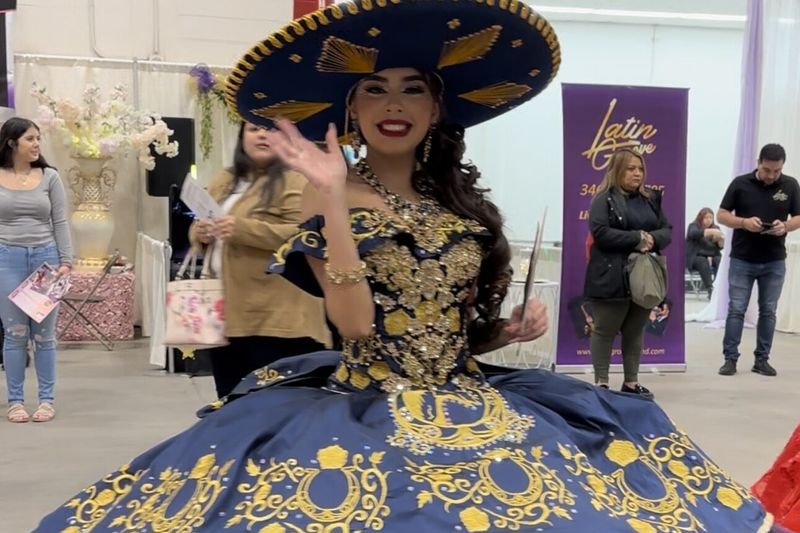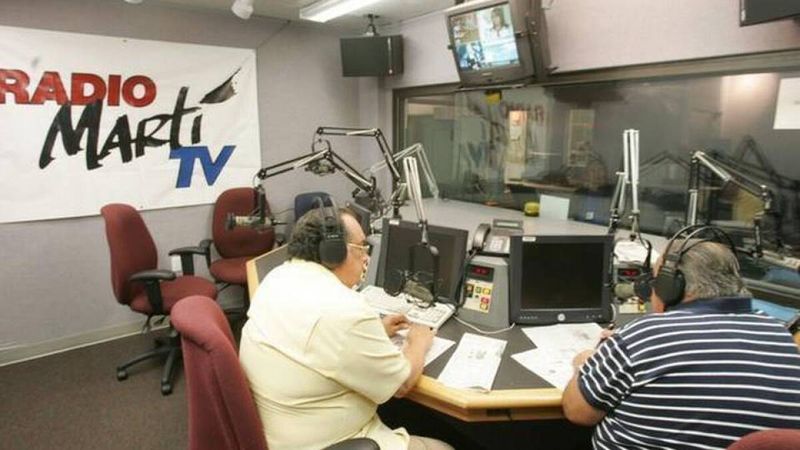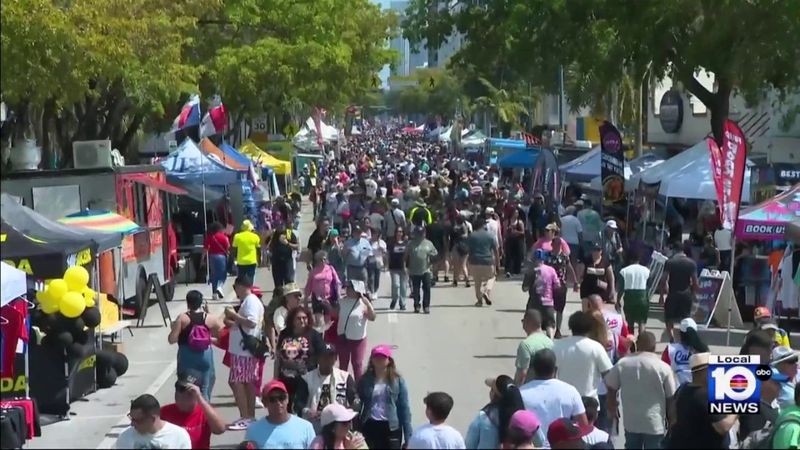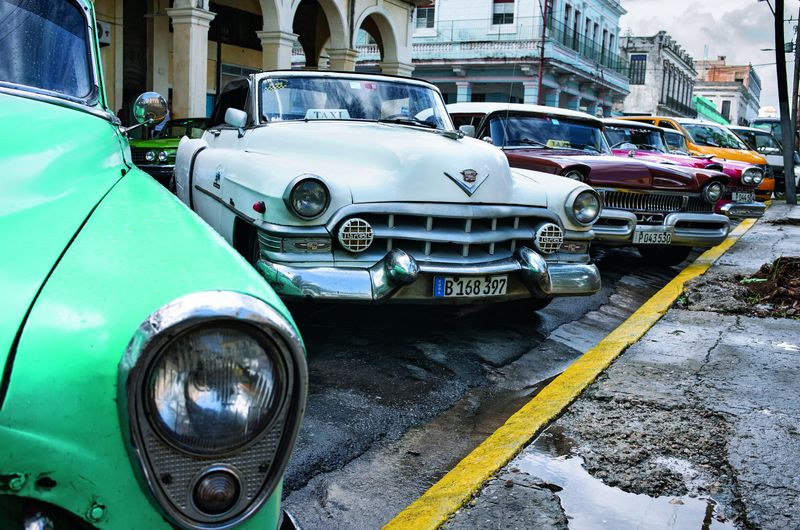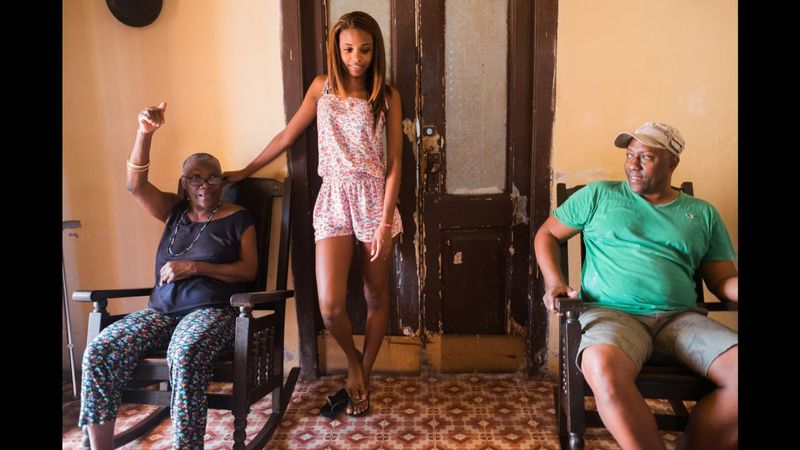Miami’s vibrant culture owes much to the Cuban-American community that has called this city home for decades.
From the aroma of strong coffee to the rhythmic sounds of salsa music, Cuban traditions have woven themselves into the fabric of daily life.
These customs didn’t just survive the journey from Cuba – they flourished and transformed an entire city’s identity.
1. Cuban Cafecito Culture
Strong, sweet, and served in tiny cups, Cuban espresso has become Miami’s unofficial fuel. Walk through any neighborhood and you’ll find ventanitas (walk-up café windows) serving this liquid gold to locals who treat their daily cafecito break as sacred time.
This tradition creates natural pause points in busy schedules. Office workers, construction crews, and students all gather for these moments of connection, making the cafecito break a unifying ritual across Miami’s diverse workforce.
2. The Rise of the Ventanita
Small service windows changed how Miami eats on the go. Ventanitas serve pastelitos, croquetas, and cortaditos through compact openings that became neighborhood institutions, perfectly matching the city’s fast-paced lifestyle with authentic Cuban flavors.
Every corner seems to have one of these community hubs. They’re not just food stops—they’re gathering places where neighbors catch up, gossip spreads, and cultural connections strengthen one quick bite at a time.
3. Nochebuena Christmas Eve Celebration
Christmas Eve in Miami means lechón asado (roast pork), not turkey. Families gather for massive feasts featuring slow-roasted pig, black beans, and plantains, often prepared in backyard setups that fill neighborhoods with incredible aromas.
Salsa music replaces Christmas carols, and celebrations extend well into the night. This tradition has become so dominant that many Miami families—regardless of background—now center their holiday celebrations around Cuban customs rather than traditional American ones.
4. Santería and Afro-Cuban Spirituality
Santería blends Catholic saints with Yoruba deities, creating a unique spiritual practice that’s become normalized in Miami. Religious altars appear in homes and businesses, while babalawos (priests) provide spiritual guidance to believers seeking connection with ancient traditions.
This influence extends beyond religion into art, music, and wellness practices. Many Miami residents incorporate Santería elements into their daily lives, from wearing protective beads to consulting spiritual advisors for important decisions.
5. Domino Culture
Dominoes transformed from a simple game into a cultural cornerstone. Maximo Gomez Park in Little Havana showcases this tradition daily, where elderly Cuban men gather under pavilions for intense matches that can last hours.
The clicking of domino tiles has become Miami’s soundtrack. These games aren’t just entertainment—they’re social ceremonies where stories are shared, friendships are maintained, and cultural knowledge passes between generations in the shade of Miami’s tropical sun.
6. Salsa, Son, and Timba Music
Cuban rhythms didn’t just arrive in Miami—they conquered it. From street musicians to high-end clubs, salsa, son, and timba music provide the city’s heartbeat, influencing everything from restaurant ambiance to major music festivals.
Dance floors across Miami pulse with these infectious beats. The music industry here has embraced Cuban genres so thoroughly that many artists now consider Miami the capital of Latin music in the United States, rivaling even Havana’s musical legacy.
7. The Guayabera Shirt
Formal wear got a tropical makeover thanks to the guayabera. This traditional Cuban shirt has replaced suits at weddings, government functions, and family celebrations, perfectly suiting Miami’s year-round warm climate while maintaining elegance and cultural identity.
Politicians wear them to rallies, grooms choose them for beach weddings, and business leaders don them for important meetings. The guayabera proved that formal doesn’t have to mean uncomfortable in Miami’s tropical paradise.
8. Political Activism and Exile Identity
Cuban exile politics reshaped Miami’s entire worldview. The community’s strong anti-communist stance influenced national U.S. politics, creating a vocal voting bloc that politicians across the country now court during election cycles.
This activism extends beyond voting booths into media coverage, international relations, and local governance. Miami’s Cuban-American community has successfully maintained their political voice, making the city a crucial battleground for Latin American policy discussions and electoral outcomes.
9. Spanglish as the City’s Lingua Franca
Language barriers disappeared when English and Spanish merged into Spanglish. This linguistic fusion became Miami’s natural communication style, influencing advertising campaigns, local slang, and even city government proceedings where both languages flow seamlessly together.
Conversations switch between languages mid-sentence without missing a beat. Children grow up bilingual by default, and businesses operate assuming customers understand both languages, creating a unique cultural space where linguistic diversity is the norm rather than the exception.
10. Cuban Sandwiches and Croquetas
Lunch in Miami got a Cuban makeover that spread citywide. Cuban sandwiches, croquetas, and medianoches became available in every neighborhood, not just Little Havana, transforming the city’s entire culinary landscape into a Cuban-influenced food paradise.
Food trucks, upscale restaurants, and corner delis all serve these staples. The pressed Cuban sandwich has become as synonymous with Miami as cheesesteaks are with Philadelphia, creating a shared culinary identity that unites residents across cultural backgrounds.
11. Elaborate Quinceañeras
Turning fifteen became a spectacular affair thanks to Cuban-American quinceañera traditions. These celebrations feature elaborate gowns, ballroom dancing, and ceremonial rituals that influenced youth culture across South Florida, making every girl’s fifteenth birthday a potential fairy tale.
Entire industries emerged around these celebrations. From specialized dress shops to quinceañera planners, the tradition created economic opportunities while preserving cultural customs that mark the transition from childhood to womanhood in unforgettable style.
12. Exile Media and Radio Culture
Miami’s airwaves took on a distinctly political flavor through exile media. Radio Martí and local Spanish-language stations created a strong tradition of news commentary, political discussion, and talk shows that kept the community connected to Cuban affairs.
These broadcasts became lifelines for exile families. Morning radio shows, evening news programs, and late-night talk shows provided platforms for political discourse, cultural preservation, and community organizing that shaped public opinion far beyond Miami’s borders.
13. Calle Ocho and Carnaval Miami
Local parades evolved into international spectacles through Calle Ocho Festival. This massive street party became one of the largest Latin celebrations in the United States, showcasing Cuban identity while embracing pan-Latino unity that attracts visitors from around the world.
Every March, Southwest Eighth Street transforms into a cultural showcase. Music, food, and art celebrate not just Cuban heritage but the entire Latin American experience, making Miami the epicenter of Latino culture in the United States.
14. Classic Cars and Vintage Aesthetics
Nostalgia for 1950s Cuba became Miami’s visual identity through classic cars and vintage design. Old Havana’s aesthetic lives on through carefully maintained automobiles, neon signs, and tropicana-style architecture that gives Miami its distinctive retro-chic character.
Car shows celebrate these rolling time capsules regularly. The vintage aesthetic extends beyond automobiles into restaurant design, hotel décor, and even modern architecture that pays homage to Cuba’s golden age before the revolution.
15. Intergenerational Family Dynamics
Multigenerational homes became Miami’s cultural norm through Cuban family values. Strong family ties, elder respect, and shared decision-making created social structures where grandparents, parents, and children live together, making important choices collectively rather than individually.
This tradition strengthened community bonds throughout the city. Extended families provide built-in support systems, cultural knowledge passes naturally between generations, and the concept of family extends beyond blood relations to include close friends and neighbors.
